This condition presents with a debilitating headache, which may be a warning sign of a more serious neurological condition.
Consult with our Neurosurgeon, Dr Sein Lwin, to determine the primary cause of your headaches.
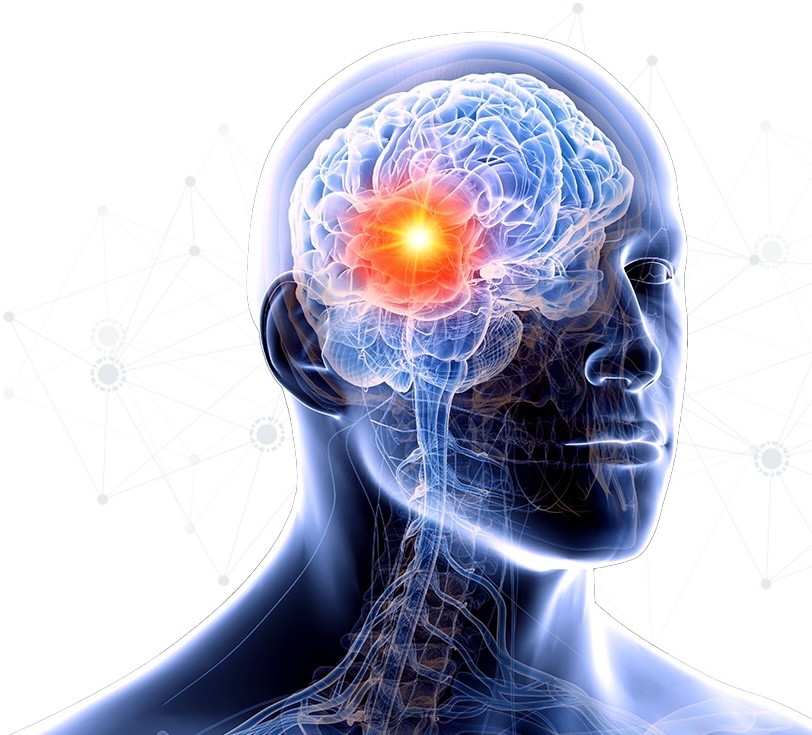
Migraines are a condition that presents with a debilitating headache, which may be a brain tumour symptom or the warning sign of a more serious neurological condition.
Consult with our Neurosurgeon, Dr Sein Lwin, to determine the primary cause of your headaches.

This condition presents with a debilitating headache, which may be a warning sign of a more serious neurological condition.
Consult with our Neurosurgeon, Dr Sein Lwin, to determine the primary cause of your headaches.
Migraines are a condition that presents with a debilitating headache, which may be a brain tumour symptom or the warning sign of a more serious neurological condition.
Consult with our Neurosurgeon, Dr Sein Lwin, to determine the primary cause of your headaches.

MBBS, MSc Surgery, MRCS (Edin), MMed. Sc (Gen.Surg)(S’pore), FRCS. Surgical Neurology (UK)

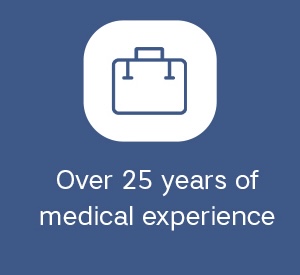
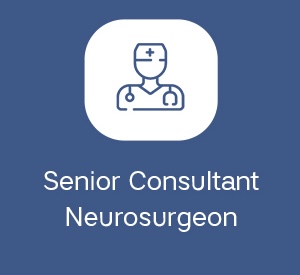
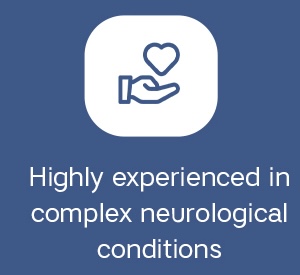
Experienced in minimally invasive techniques (MIS) for less tissue damage and faster recovery. He has specialised interests in endoscopic endonasal and open skull base surgery, pituitary tumours, vascular surgery, cranial nerve disorders and peripheral nerve conditions.

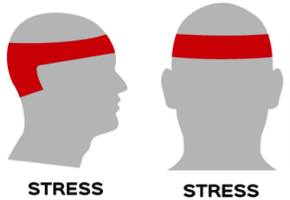
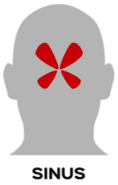
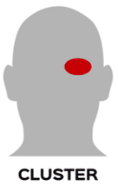




A headache is generally harmless. However, chronic headaches, especially when accompanied by other brain tumour symptoms, could indicate a more serious medical condition.
How often a headache is experienced, the area and level of pain, as well as its associated symptoms help discern whether your chronic headache is a cause for concern.
For instance, headaches on either side of the head and across the forehead could be a result of stress. However, a sudden, severe headache, accompanied by seizures, numbness or dizziness, can turn out to be a brain tumour symptom.
Generally, a sudden, severe headache or a chronic headache that lasts for more than 3 days should warrant a visit to the doctor. You should also be mindful of accompanying symptoms such as:

Fever

Stiffness in the neck

Weakness or numbness on one side of the body
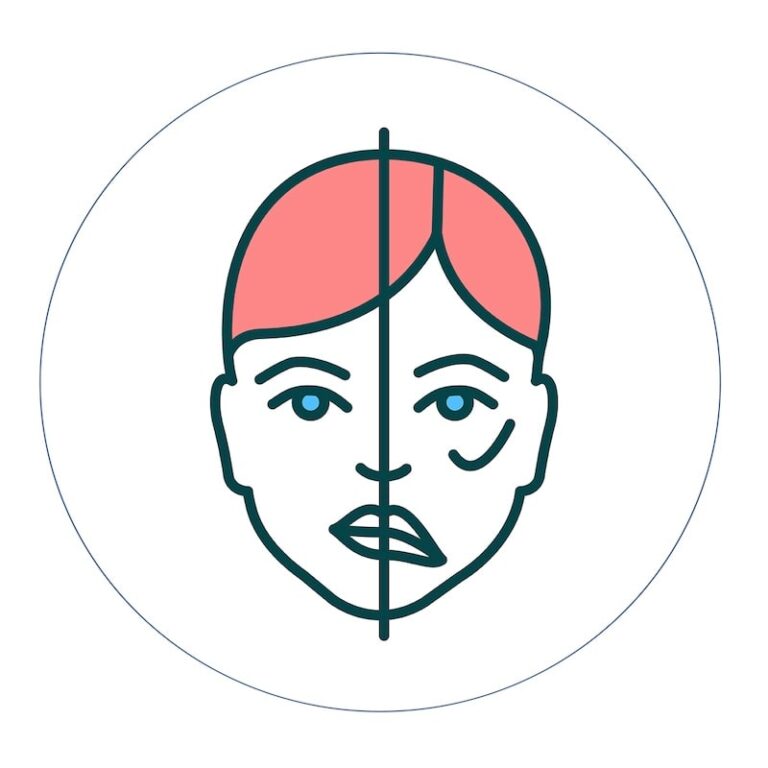
Facial drooping

Confusion

Dizziness and difficulty keeping balance

Blindness, blurring of vision or double-vision

Blurred speech
The early detection of neurological conditions is possible after the onset of initial symptoms. Early detection also means prompt treatment and more treatment options, such as minimally invasive surgery conducted by a brain tumour specialist to remove tumours. This results in other benefits such as:

The early detection of neurological conditions is possible after the onset of initial symptoms. Early detection also means early treatment and more treatment options, such as minimally invasive surgery for the removal of tumours or aneurysms. This results in other benefits such as:
The first step towards recovery is getting to the root cause of your symptoms. Various diagnostic tests will be performed, such as:

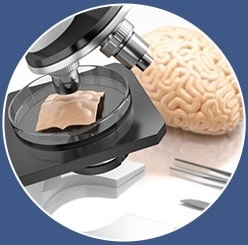
CT (Computed Tomography) scans provide three-dimensional brain images to locate the growth. Meanwhile, MRI (Magnetic Resonance Imaging) offers more detailed scans using magnetic fields to measure the exact tumour size.
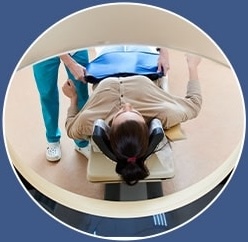

If the identified abnormal growth is a type that spreads through the Cerebrospinal Fluid (CSF), this test determines how progressive the tumour is.

This procedure determines if the growth is benign or malignant. This allows the doctor to evaluate the tumour’s aggressiveness and plan treatment.

If the identified abnormal growth is a type that spreads through the Cerebrospinal Fluid (CSF), this test determines how progressive the tumour is.



Our team at Advanced Brain and Spine Surgical Centre is knowledgeable about the claims process. We work directly with your insurance providers to acquire a Letter of Guarantee (LOG) and pre-authorisation certificate for your procedure. Moreover, we develop connections with hospitals and surgical centres to process your medical claims swiftly and effectively, ensuring you gain the full benefits and a smoother healthcare experience.














We provide quality specialised care for neuro and spine conditions.
For enquiries, leave a message and our friendly team will get in touch with you.
We provide quality specialised care for neuro and spine conditions.
For enquiries, leave a message and our friendly team will get in touch with you.
We provide quality specialised care for neuro and spine conditions.
For enquiries, leave a message and our friendly team will get in touch with you.
© 2025 All Rights Reserved | Advanced Brain & Spine Surgical Centre | Terms & Conditions